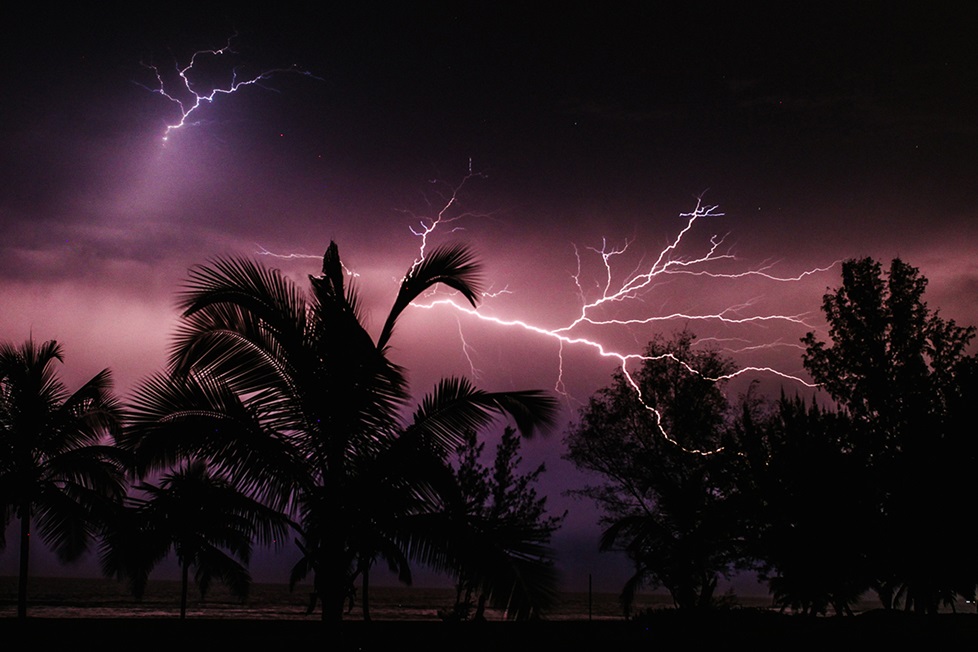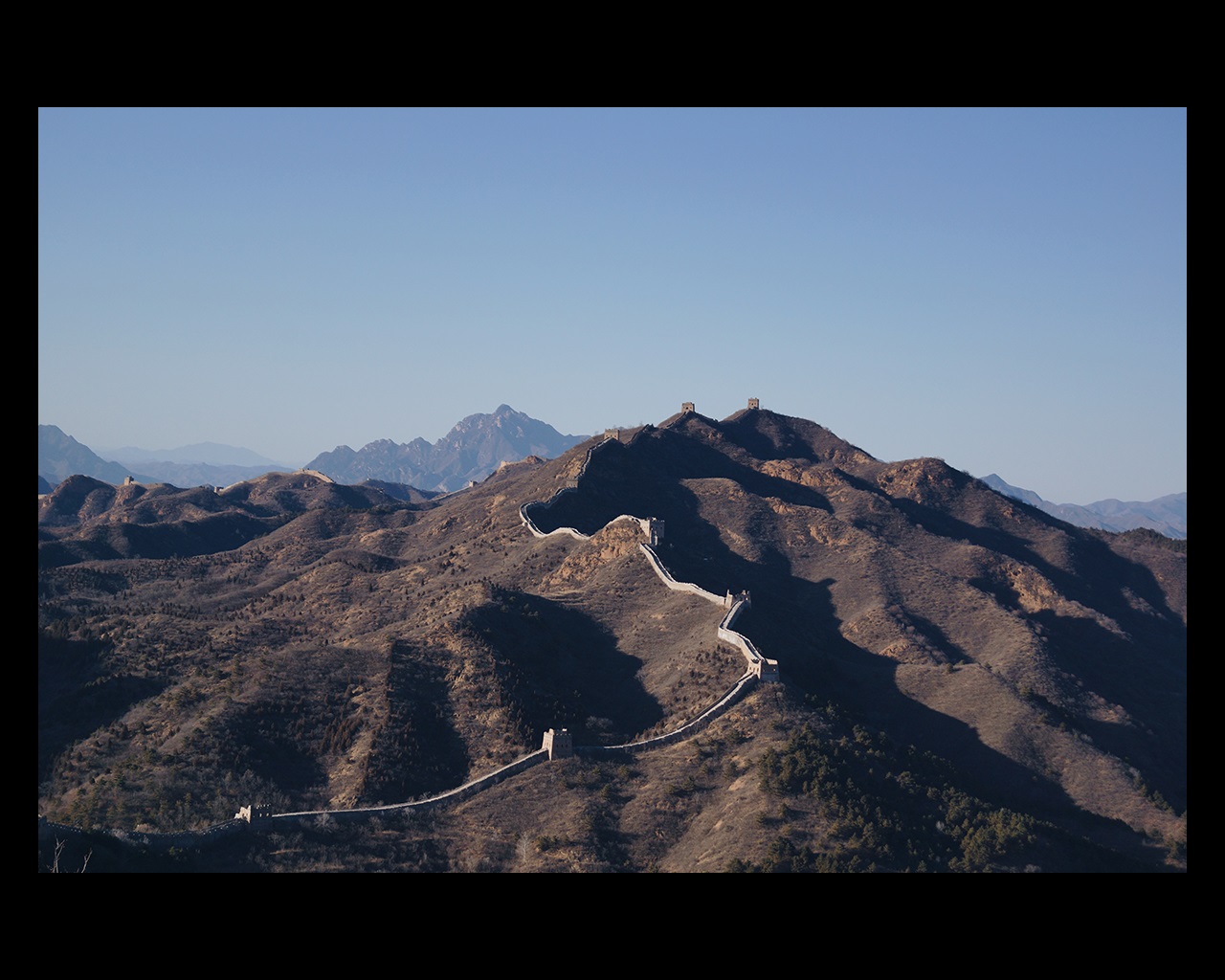
Chapman
on the Evolution of the Monsoon, Biosphere and Mountain Building in Cenozoic Asia
5–9 January 2020 in Washington, D.C. at AGU Headquarters
About the Chapman
This Chapman Conference aims to bring together different communities to discuss how the new drilling results relate to observations made onshore and to what extent they validate existing reconstructions of monsoon development. The conference will be held at AGU Headquarters, 2000 Florida Avenue NW, Washington, D.C. 20009.
The Asian monsoon is an example of a climatic system intimately linked with the tectonic evolution of the solid Earth. Demonstrating these links has been difficult due to a lack of detailed climatic and erosional records that span tectonic timescales, such as those developed in the Himalayas and Tibet. A campaign of scientific drilling of sediments from the marginal seas of eastern Asia and the Indian Ocean, conducted by the International Ocean Discovery Program (IODP) in 2014–2016, has now partly solved this problem.
A number of deep drill sites in key areas of the East Asian, Indian and Australian monsoon subsystems now provide long duration records of erosion, weathering and environment. Scientific results from each IODP expedition are emerging, however, any attempt to understand the monsoon as a whole needs to integrate results from across the regions. This will allow results to assess links between monsoonal subsystems, and compare oceanographic records with erosional records and continental environmental data. Additionally, the marine data must be reconciled with information from onshore concerning the evolving tectonics of the ranges and the height of the Tibetan Plateau, all of which need to be integrated with our understanding of modern monsoon atmospheric dynamics.
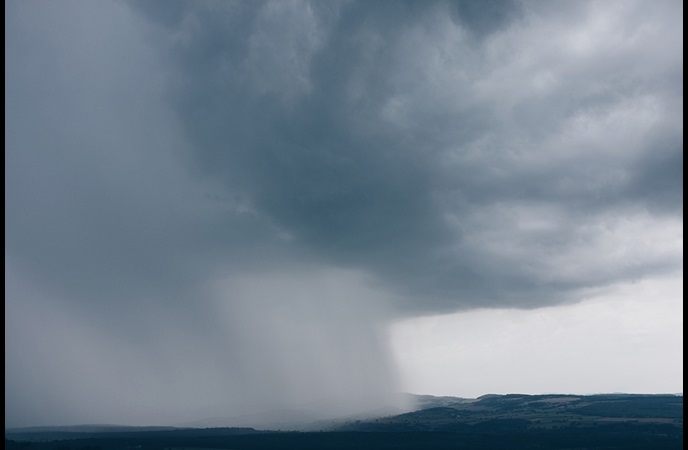
Who should attend?
We invite participants from all disciplines, however, we encourage participants from marine geology, paleoceanography, paleoclimatology, atmospheric sciences, tectonics, geochemistry, and related fields to attend.

Meeting goals and abstract themes
This Chapman Conference aims to bring together these different communities to discuss how the new drilling results relate to observations made onshore and to what extent they validate existing reconstructions of monsoon development. The emphasis will be on million-year, tectonic timescales. Millennial scale records will also be welcome. IODP has provided the largest source of new data concerning this interdisciplinary field in several decades. We now seek the chance to try to integrate the results into a new understanding of the Asian monsoon and to resolve which questions are still outstanding.
We invite abstract contributions on the following themes.

Climate dynamics
This session provides the intellectual background for the rest of the meeting by summarizing the nature of land-ocean-atmospheric coupling that powers the modern monsoon. We aim to present the nature of and controls on modern precipitation and wind patterns and discussion how they might have differed in the geologic past, especially prior to the establishment of high topography.
Continental environments
In this session we focus on evidence for the evolving climatic conditions in the Asian continental interior, drawing on appropriate proxies from the marine cores as well as sedimentary records preserved in continental basins. This will include both reconstruction of vegetation, as well as changing intensities of continental weathering and aridity. Again, we focus on identifying the time of initial onset and times when monsoon intensity changes.
Modeling and links to continental tectonics
Paleoceanography records
This session will focus on well-dated records of evolving oceanic currents and biogenic productivity in relation to the intensity of the Asian monsoon winds. We especially want to constrain times of transition, strengthening, or weakening, as well as examining evidence for the initial onset.
Records of continental erosion
This session will focus on reconstruction of changing rates and patterns of erosion in the mountainous source areas in South and Southeast Asia and potential relation with fan sedimentation to determine their response to the evolving climates in Cenozoic Asia.
Meeting hypotheses
-
1Intensification of summer monsoon rainfall and/or winter wind strength correlates with stronger oceanic productivity and faster erosion of continental source areas.
-
2Periods of strong chemical weathering correlate with times of vegetation change from C4 to C3 plants, lower salinities in the ocean, intensified oceanic upwelling and faster clastic sediment delivery.
-
3Phases of rapid erosion and clastic sedimentation in the oceans match times of structural reorganization in the Himalaya, such as motion on major faults.
-
4Changes in paleo-altitude proxies and drainage reorganization events onshore precede or correlate with times of climatic and oceanic change.
-
5Times of stronger chemical weathering, oceanic upwelling and clastic erosion correlate with phases of enhanced carbon burial in submarine fans and/or with times of global cooling.

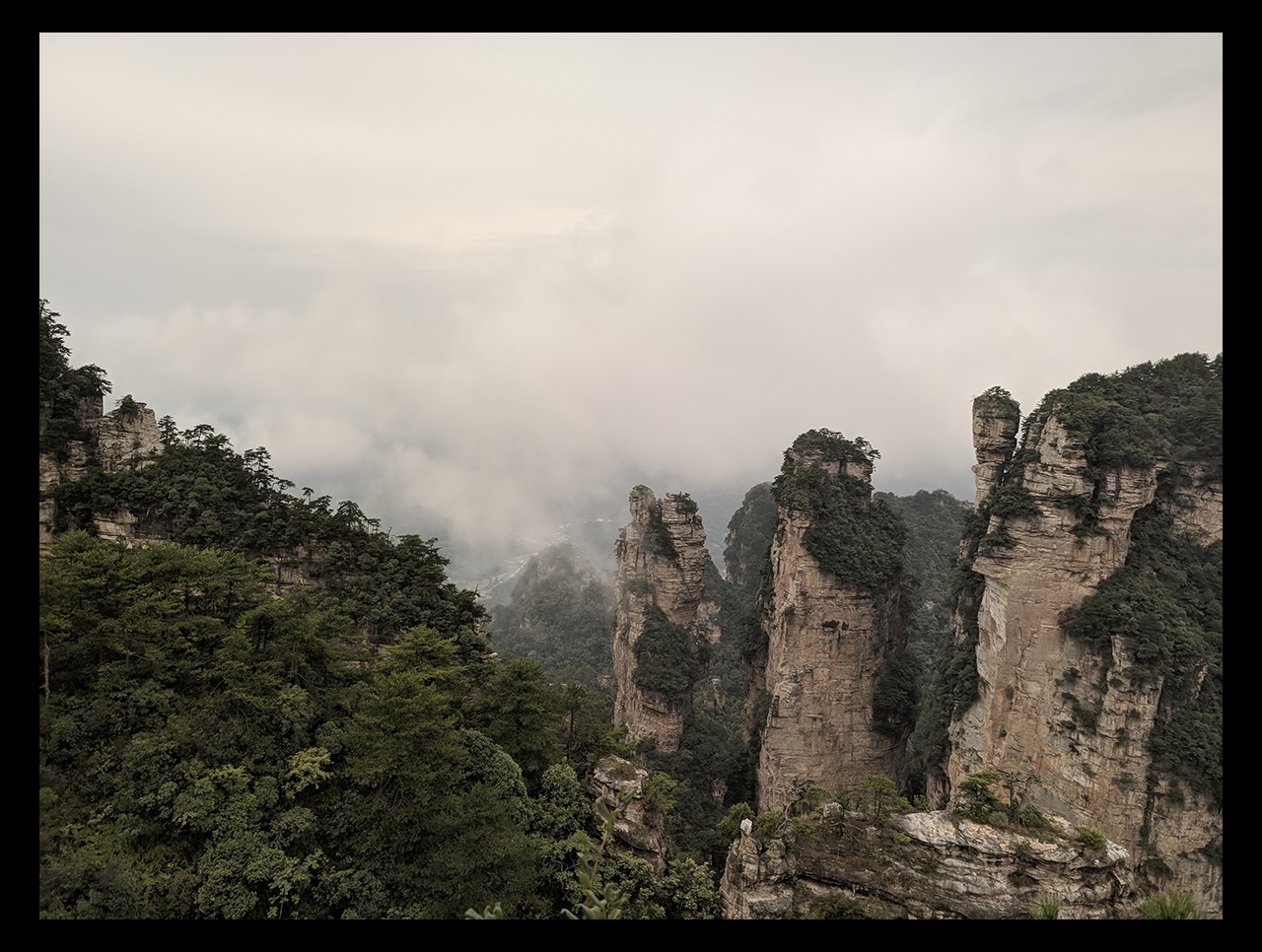
The scientific program is now live!
Check out the scientific program and see who will be speaking.
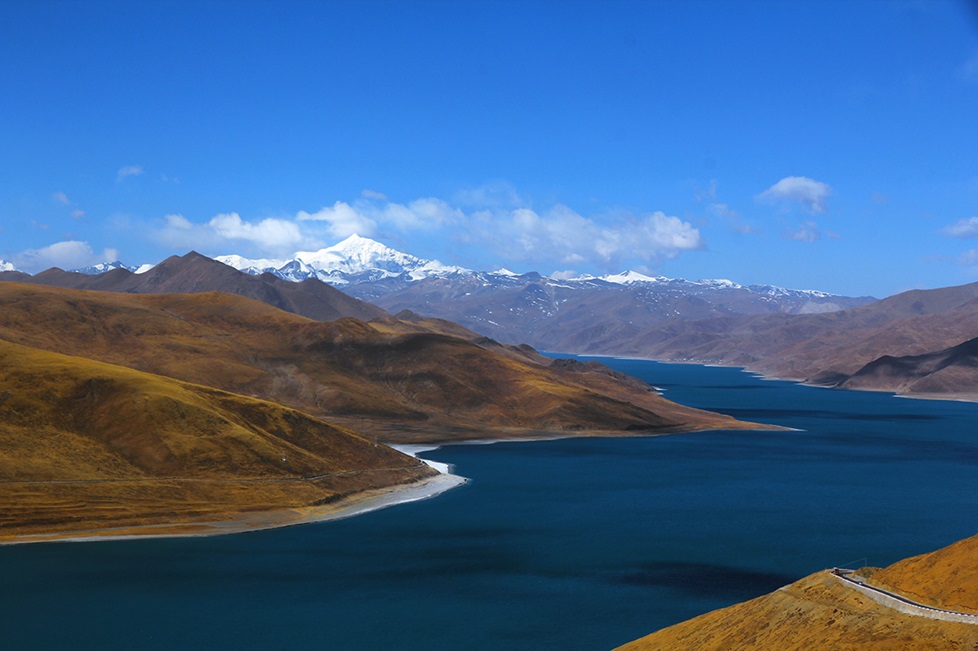
Format and schedule
-
1Posters will be viewed during lengthy coffee breaks in the morning and the afternoon during the conference.
-
2A 1 ½-hour lunch break allows discussion and further poster viewing.
-
3Each day ends with a 30-minute discussion and summary.
-
4Day Four features afternoon break-out working groups. These groups begin to synthesize results, identify key advances and areas of future research.
-
5After Day Four working groups the entire group reviews initial discussion of sub-disciplinary groups.
-
6On Day Five, sub-disciplinary groups meet and present how the meeting has tested the meeting hypotheses. They discuss how the recent coring campaign has advanced the understanding of climate-tectonic interactions and what issues remain.
-
7The meeting ends at lunchtime on Day Five.

- Abstract submissions will open in late July and close on 25 September 2019. You are not required to be an AGU member to submit an abstract. There is no fee for submissions.
- Abstracts must focus on scientific results or their application. The Program Committee may decline abstracts with other focuses.
- By submitting an abstract, you are obligated to give a presentation in the designated manner assigned by the Program Committee. Your submission also grants AGU permission to publish the abstract.
- You cannot request oral presentations, although you may request a poster presentation.

Abstract submission guidelines
-
1Your abstract title should be no more than 300 characters and the abstract text must be less than 2000 characters. The character limit includes punctuation, but not spacing.
-
2In lieu of adding the names of individual team members, you may reference a research team may be referenced in the ‘Title of Team’ field during the submission process.
-
3You may add one table or image to your submission. If you would like to include multiple images, you must combine the images and save them as one file. We prefer image files be .jpg, however, .png, and .gif are also supported file types.
-
4Submissions can be submitted and edited at any time up until 25 September.
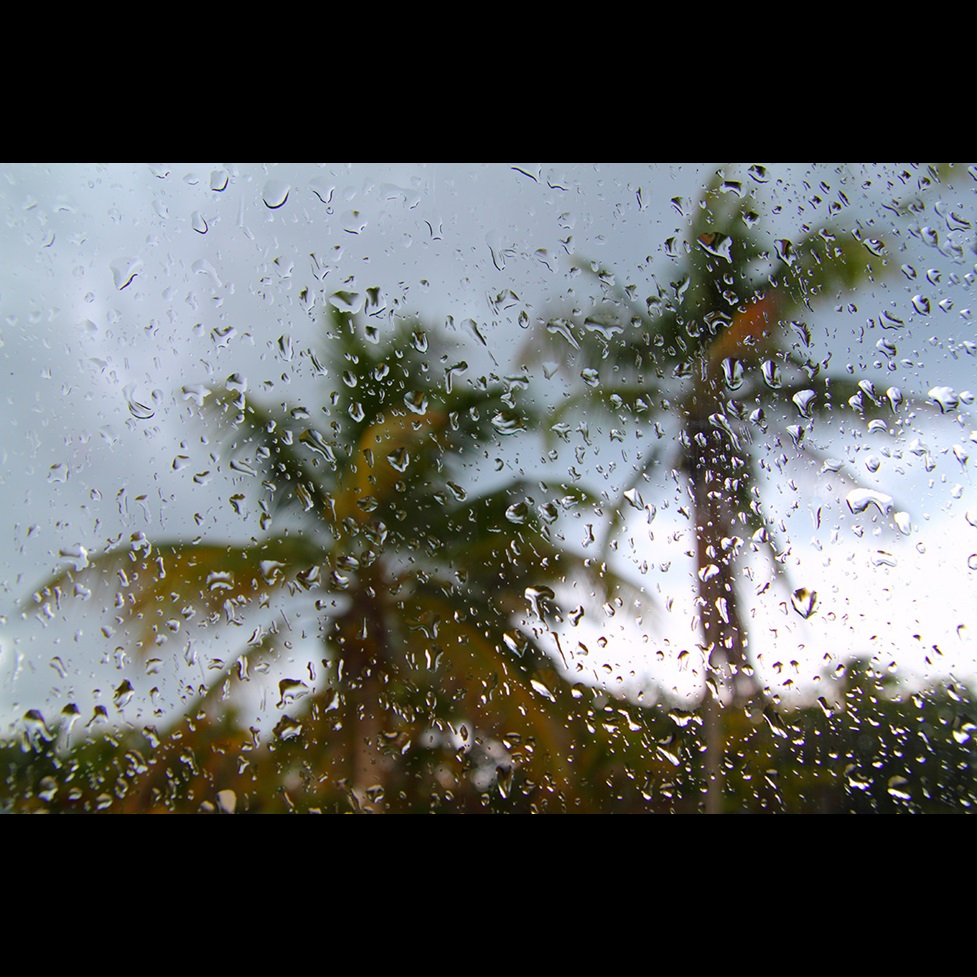
Poster presenter guidelines
Each presenter will have a poster space of 45” x 45” (3.75 feet by 3.75 feet). Presenters will share 8’W x 4’H poster boards. Posters will be displayed for the entire meeting. The scientific program is available here.
The presentation must cover the material as cited in the abstract.
-
Place the title of your paper and your paper number prominently at the top of the poster board to allow viewers to identify your paper. Indicate 1) the abstract’s presentation number, 2) title, and 3) authors’ names.
-
Highlight the authors’ names, e-mails, and address information in case the viewer is interested in contacting you for more information.
-
Prepare all diagrams or charts neatly and legibly beforehand in a size sufficient to be read at a distance of 2 meters. Paragraph and figure caption text should be AT LEAST 24-point font (0.9 cm height) and headers AT LEAST 36 point font (1.2 cm height). Use creativity by using different font sizes and styles, perhaps even color.
-
Use different colors and textures/symbols for each line or bar contained in your graph or chart. A serif font (e.g., Times) is often easier for reading main text, and a non-serif font (e.g., Arial or Helvetica) for headers and figure labels.
-
Organize the paper on the poster board so it is clear, orderly, and self-explanatory. You have complete freedom in displaying your information in figures, tables, text, photographs, etc.
-
Use squares, rectangles, circles, etc., to group similar ideas. Avoid cluttering your poster with too much text. Label different elements as I, II, III; or 1, 2, 3; or A, B, C, making it easier for a viewer to follow your display.
-
Include the background of your research followed by results and conclusions. A successful poster presentation depends on how well you convey information to an interested audience
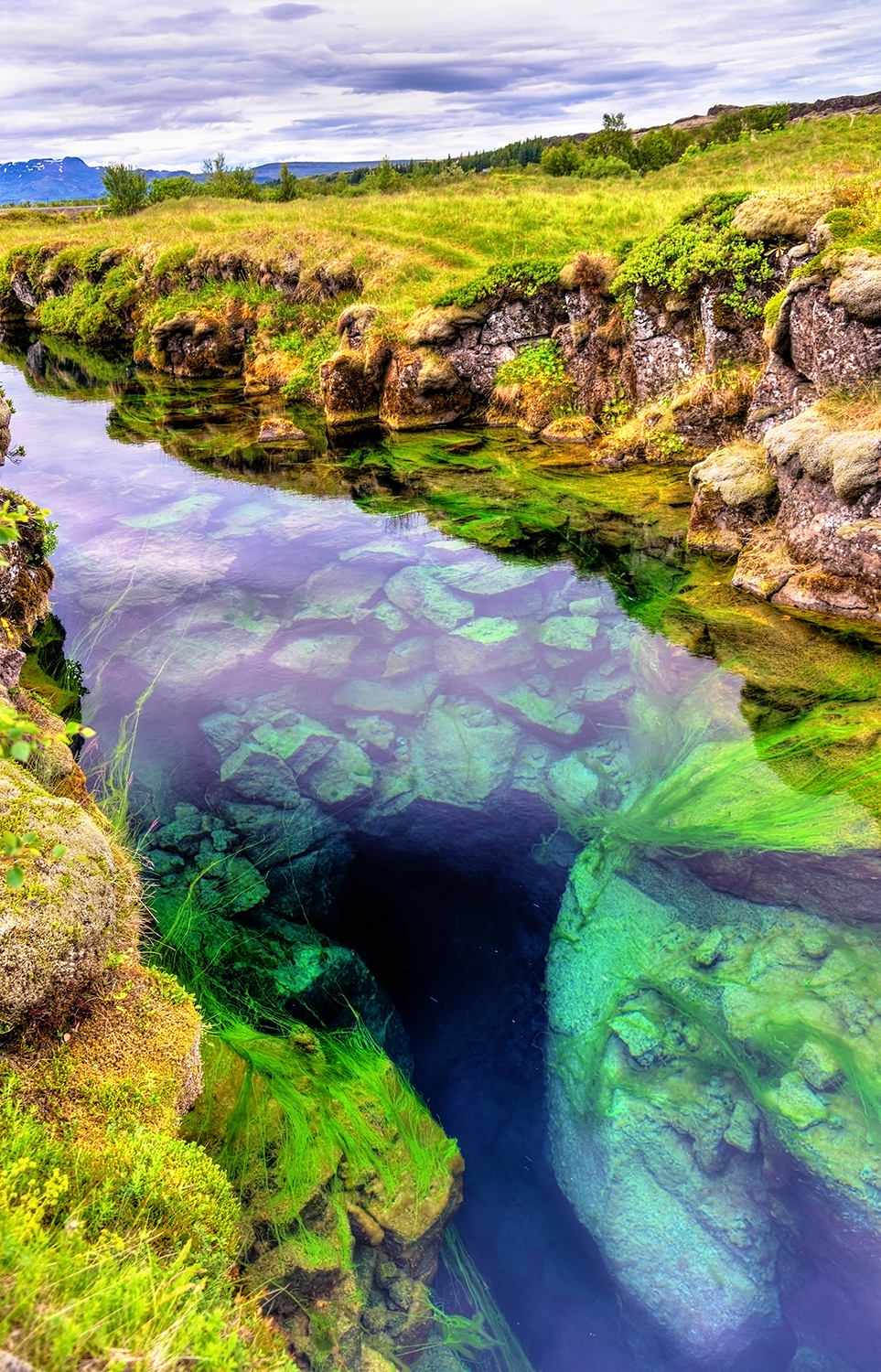
Oral Presenter Guidelines
Please be sure you to bring a copy of your presentation on a USB drive as a backup. Presentations should be formatted to 16:9 if possible. 4:3 will also be supported. The podium laptop will be a PC.
-
Be considerate of other speakers and the audience by staying within your allotted time. The individual presentation time includes 3-5 minutes for discussion and changeover to the next speaker. Session chairs will hold you to the allotted time, which is essential to ensure adequate time for questions and discussion.
-
Please discuss the material as reported in your submitted and approved abstract.
-
Prepare your presentation in advance so that your ideas are logically organized, and your points are clear.
-
Take time to rehearse your presentation. If your presentation runs longer than the allotted time, eliminate the least essential material and rehearse again.
-
Give an opening statement to acquaint the audience with the nature and purpose of the study. Speak slowly and clearly. Word choice should be simple: use active words and short sentences.
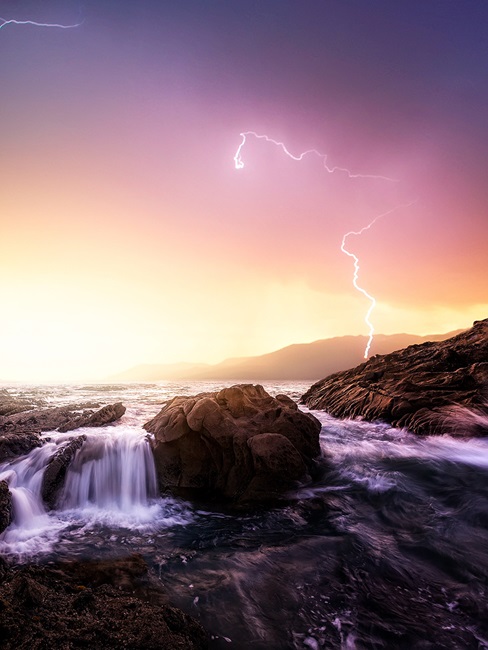
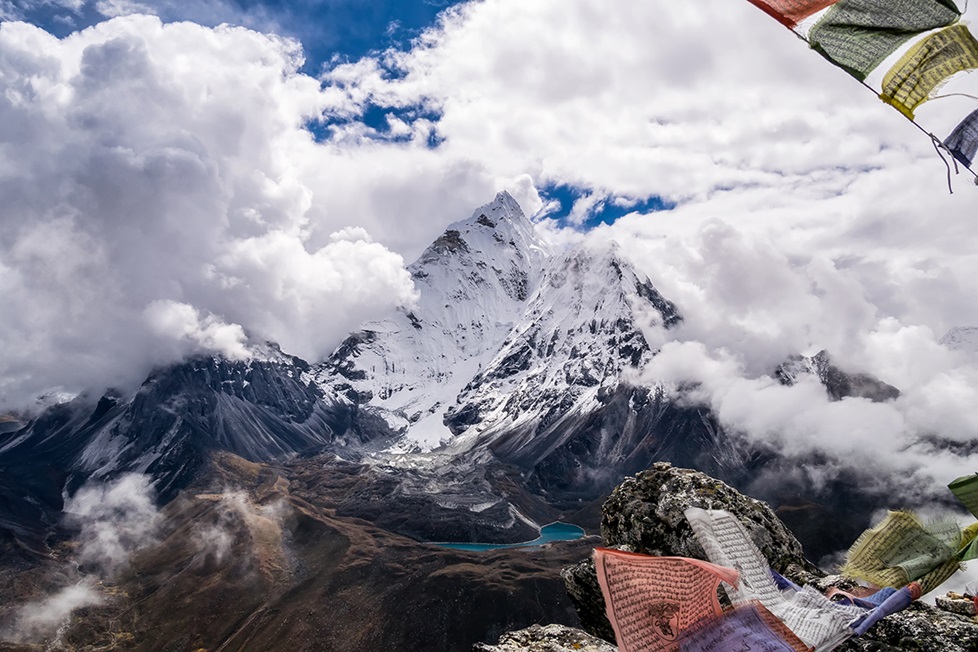
Registration rates and policies
The registration fee includes access to the scientific program, an opening reception on Sunday evening, daily coffee breaks and lunches.
Fees
- Professionals: $500.00 USD
- Students: $400.00 USD
- Low-income* country residents: $400.00 USD
*Low-income and lower-middle income countries as defined by the World Bank.
Cancellation policy: If you must cancel your registration, you must notify AGU by email. Registration cancellations received by 4 December 2019 will receive a complete refund. Registration cancellations received between 5 and 11 December 2019 will have a $50 processing fee deducted from their refund. No refunds will be issued for registrations or ticketed events canceled after 11 December 2019.
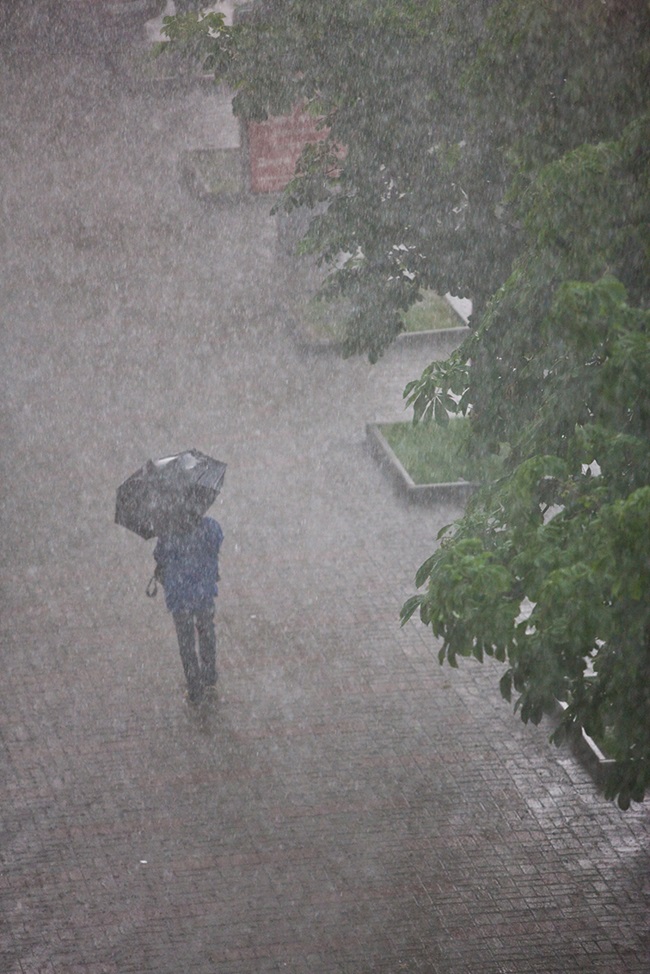
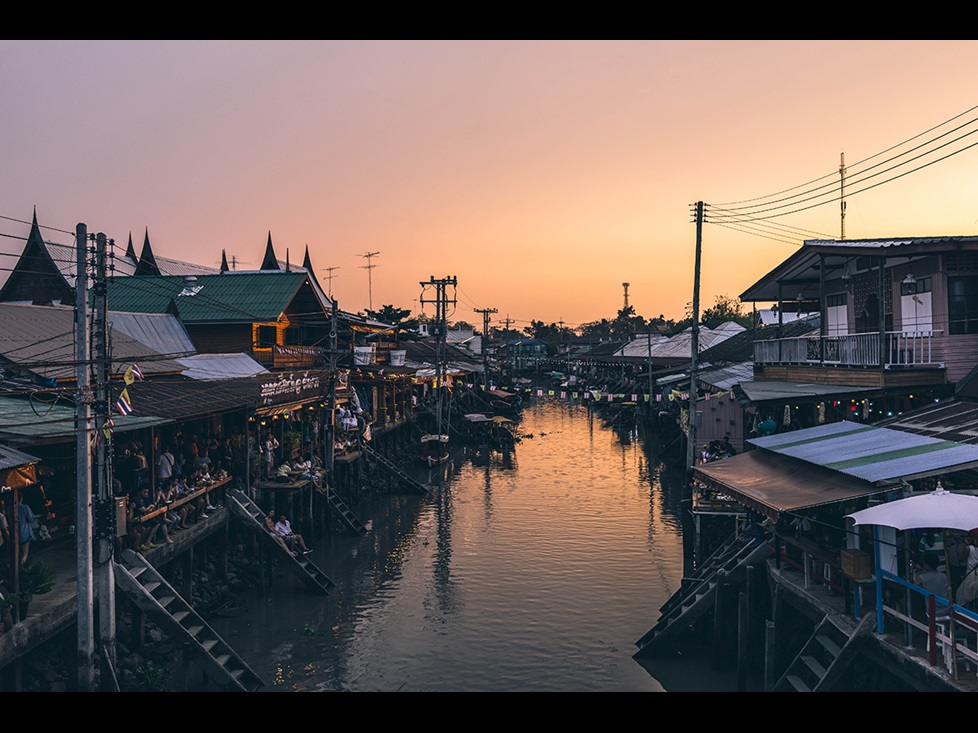
Book your stay
Discounted rooms can be reserved at the:
Courtyard Marriott1900 Connecticut Avenue, NW,
Washington, D.C. 20009
The hotel is just over one block from AGU Headquarters, where the conference is being held. The deadline to reserve your room is 5 December 2019.
RatesSingle/Double/Triple/Quad: $139.00 per night. Taxes not included.
Check in: 3:00 p.m.
Check out: 12:00 p.m.
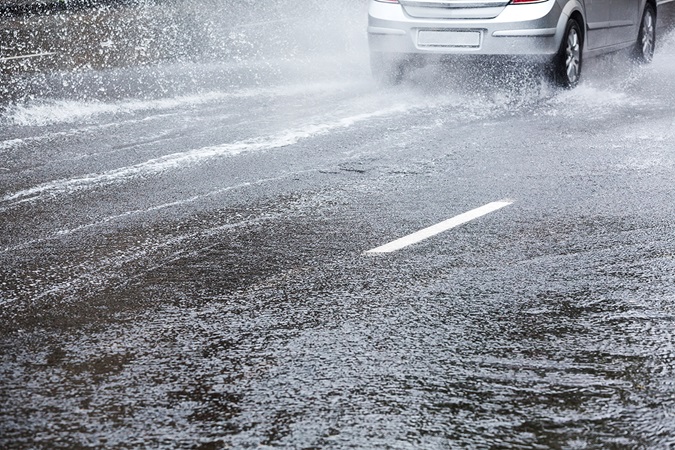
Getting to Washington, D.C.
As a major metropolitan area there are many options for traveling to Washington, D.C. for the Chapman. Washington, D.C. is served by three major airports which offer multiple U.S. and international flights daily, a train station, a local light rail called Metro, and more. Explore different travel options and directions for getting to the meeting.
By air - BWI
Baltimore/Washington International Thurgood Marshall Airport is accessible via Amtrak routes that drop off at D.C.’s Union Station. A reserved seat on Amtrak will cost $15-$30 (see discounted option below). MARC commuter rail is also available to Union Station on weekdays with limited weekend service, via the Penn Line; tickets are $7 each way. Visit the BWI Airport ground transportation page for more information.
By air - DCA
Ronald Reagan Washington National Airport is just a 10-minute drive from the city line. Reagan Airport supports domestic flights within the United States. The airport is accessible from its own Metro stop on the Blue and Yellow lines. A taxi ride into downtown D.C. will cost about $15-$20.
By air - IAD
Washington Dulles International Airport is located 26 miles from D.C. in suburban Virginia. The airport has a dedicated access road that makes getting into the city efficient via car, taxi or airport shuttle. Washington Flyer taxi cabs exclusively service Dulles Airport. A taxi ride into D.C. will cost about $60-$68. Public transportation options are also available via the Silver Line Express Bus to the Wiehle-Reston East Metrorail Station or via Metrobus 5A to Metrorail stops in Rosslyn, VA and L’Enfant Plaza in Washington, D.C.
By train
If you’d rather travel to D.C. on the ground, Amtrak is the ideal solution. The train departs and arrives from D.C.’s Union Station, which is centrally located, features its own Metro stop, and has plenty of taxis waiting as you exit.
By bus
By car
If you drive to D.C. with your own vehicle, the Courtyard Marriott offers valet parking. Details can be found on the Washington Hilton website. Parking Panda, SpotHero, and ParkWhiz are parking reservation services to help you find a parking spot.
Chapman conveners
Convener
Christian France-Lanord, CRPG CNRS-Université de Lorraine
Convener
Ann Holbourn, University of Kiel
Convener
Hongbo Zheng, Yunnan University
Convener
Chapman Program Committee
|
|
Institution | Location |
| Pallavi Anand | Open University | Milton Keynes, United Kingdom |
| Ana Barros | Duke University | Durham, N.C., United States |
| Simona Bordoni | California Institute of Technology | Pasadena, Calif., United States |
| Steve Clemens | Brown University | Providence, R.I., United States |
| Sarah Feakins | University of Southern California | Los Angeles, Calif., United States |
| Stephen Gallagher | University of Melbourne | Melbourne, Australia |
| Liviu Giosan | Woods Hole Oceanographic Institution | Falmouth, Mass., United States |
| Yoshimi Kubota | National Museum of Nature and Science | Tokyo, Japan |
| Yani Najman | University of Lancaster | Lancaster, United Kingdom |
| Sunil Singh | National Institute of Oceanography | Goa, India |
| Shiming Wan | Chinese Academy of Science | Qingdao, China |
